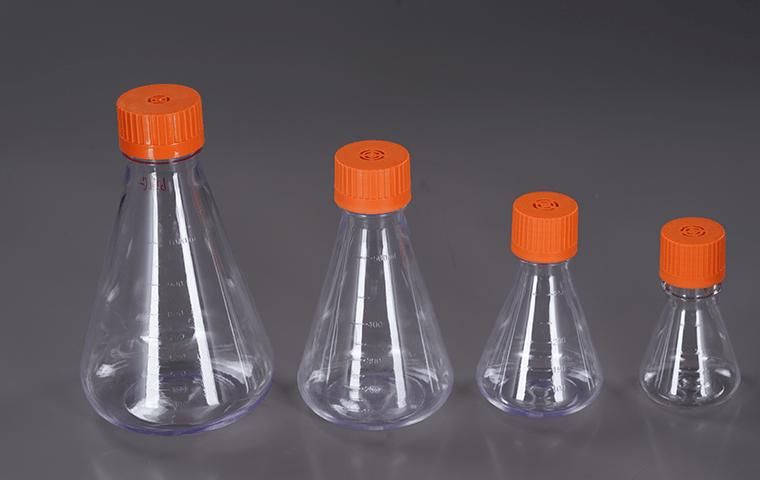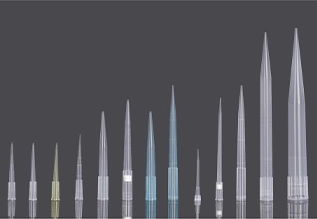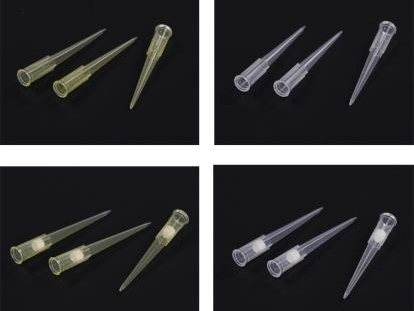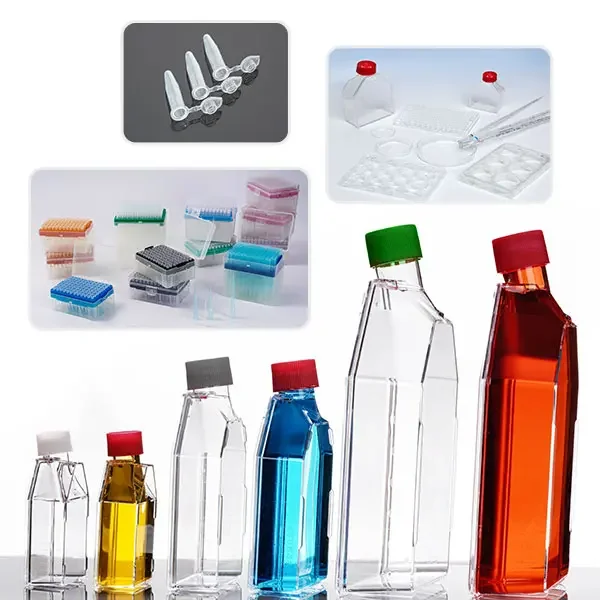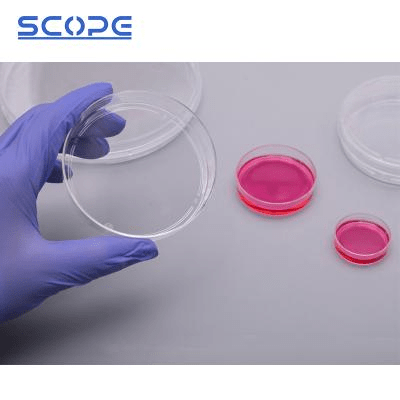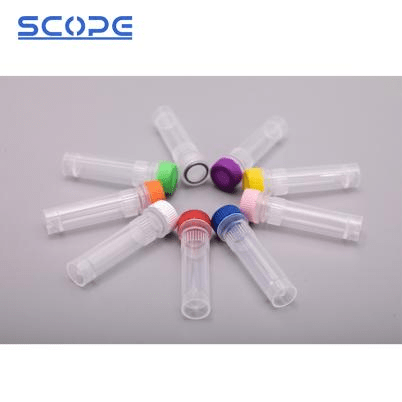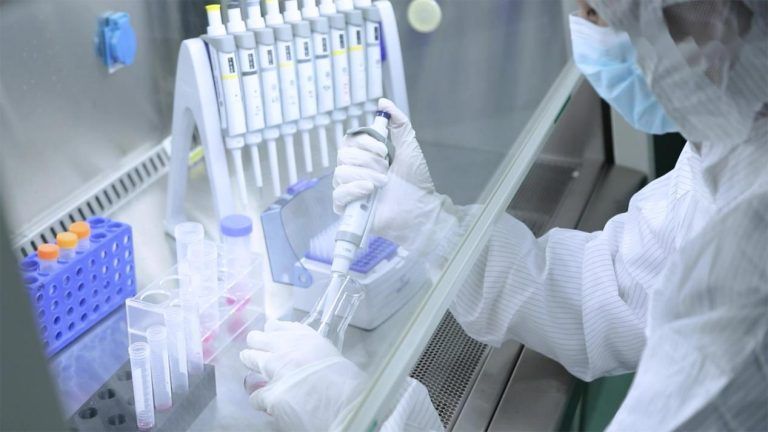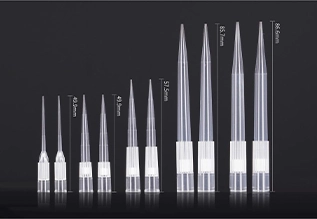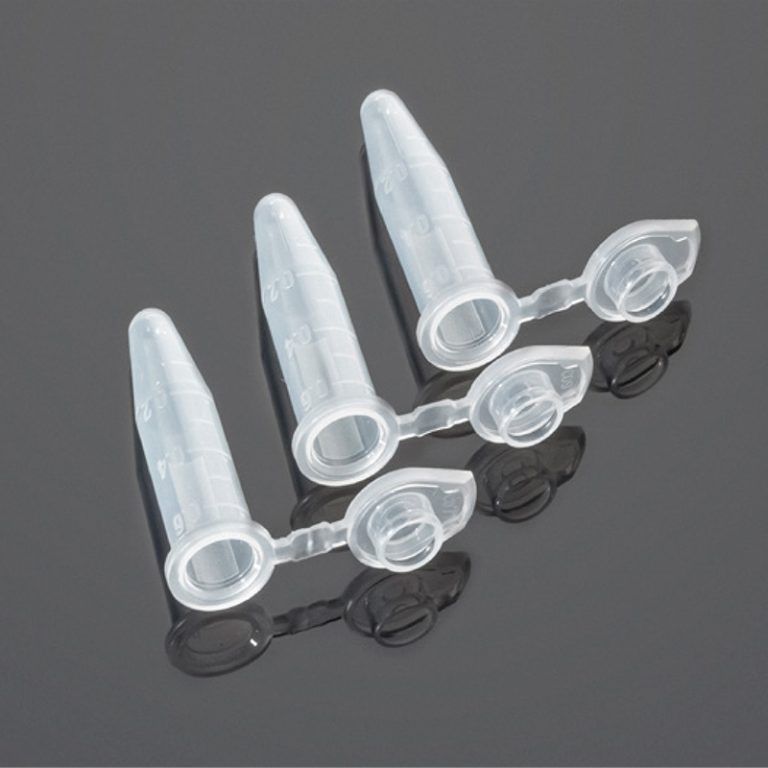Choosing the Right Conical Flask for Your Laboratory Needs
Conical flasks, commonly known as Erlenmeyer flasks, are a staple in laboratories around the world. With their distinctive triangular shape and wide base, these flasks are indispensable for mixing, heating, and storing chemical solutions. However, choosing the right conical flask for your laboratory is not always straightforward. Various factors such as material, size, and design…
